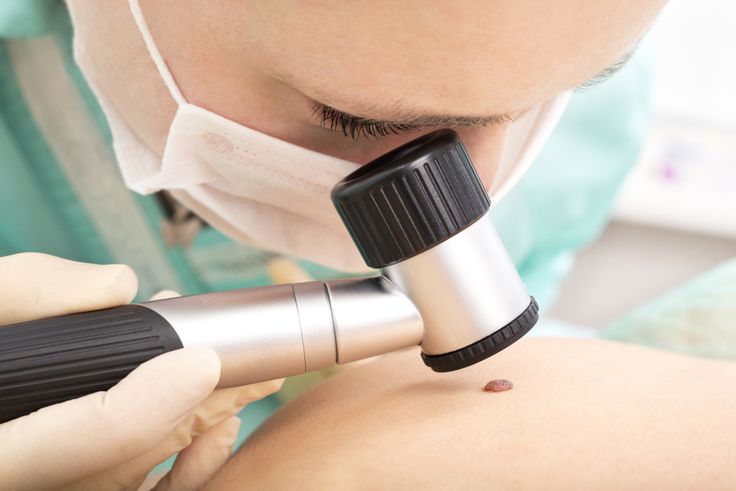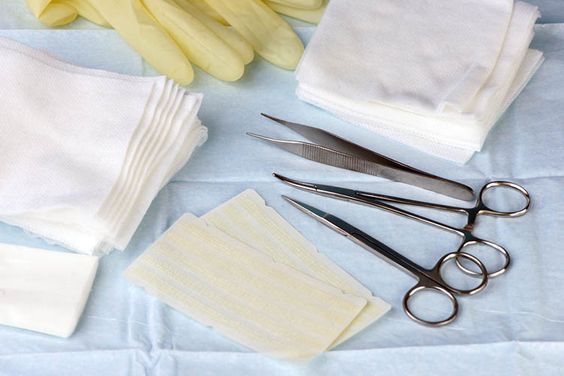Laser mole removal is a common treatment method in modern dermatology and is favored for its minimally invasive and quick recovery characteristics. However, postoperative wound care and dietary taboos often become the focus of patients' attention, especially the controversy over whether "irritating foods" can be eaten. This article combines clinical experience and scientific evidence to sort out the key issues before and after laser mole removal in detail, to help you recover scientifically and avoid misunderstandings.

What are the indications for laser mole removal?
Laser mole removal is not a "master key", and its effect is closely related to the type of pigmented mole. Superficial pigmented moles with a diameter of ≤3mm, light color, and regular shape are ideal candidates for laser treatment, especially for exposed areas such as the face and neck. If the diameter of the pigmented mole is ≥6mm, the edges are irregular or the color is dark blue, the risk of recurrence and scarring after laser treatment is high, and surgical removal may be safer at this time. Special areas require special caution: areas such as the palms, soles, and vulva that are subject to long-term friction and stimulation have a relatively high risk of malignant transformation, and surgical removal is usually recommended; suspected malignant lesions must first undergo a pathological biopsy. Patients with scar constitution, coagulation disorders, and pregnant or lactating patients also need to weigh the pros and cons under the guidance of a doctor.
Preoperative and postoperative care:
Before surgery, the treatment area needs to be thoroughly cleaned to avoid cosmetic residues, and the doctor should be informed of allergy history and medication history. Postoperative care must strictly follow the following principles: the wound surface should not be exposed to water within 7 days, and avoid touching it with your hands or strenuous exercise to prevent the scab from softening. Apply topical antibiotic ointment to prevent infection 3 days before shedding, and use drugs to promote healing within 2 weeks; the scab can be cleaned normally only after it falls off naturally, and forced peeling should not be done. Strict sun protection is required for 3-6 months after surgery to reduce the risk of pigmentation. Recurrence, abnormal color, or scarring may occur after laser mole removal. Superficial pigmented nevi may be removed once, and deep lesions require multiple treatments. Immediate pitting and local redness after treatment are normal phenomena, and temporary pigment changes usually recover within 6 months.
Common postoperative reactions and coping strategies:
After laser mole removal, reactions such as recurrence, abnormal color, or scarring may occur. Superficial pigmented nevi may be removed once, while deep or scattered nevus cells require multiple treatments (3-6 months apart). After recurrence, the doctor needs to evaluate whether to continue laser treatment or switch to surgical removal. Immediate pitting and local redness after treatment are normal phenomena. Temporary hypopigmentation or hyperpigmentation (recoverable within 6 months) can be improved by sunscreen and topical whitening products. Areas with a higher risk of scarring (such as above the lips, mandibular angles, and near joints) require the use of silicone gel or soft silicone scar patches after surgery for prevention. Hypertrophic scars (red bumps) can be improved by steroid injections or laser treatment.

Postoperative dietary recommendations:
Wound healing mainly depends on factors such as nutritional status and infection control. After surgery, you should give priority to consuming foods rich in vitamin C, zinc, and protein to promote repair; spicy foods may aggravate wound congestion and need to be temporarily avoided; unless you are allergic, there is no need to deliberately avoid high-protein foods such as beef, mutton, and seafood. Diabetic patients need to control their intake of refined sugar, and anemic patients can supplement with red meat and animal liver in moderation.
Although laser mole removal is a minor operation, preoperative evaluation, postoperative care, and a scientific diet should not be neglected. Only by following the doctor's advice and being rational about "irritating foods" can the wound heal faster.
For more information on Innomed®Silicone Scar Dressing, Refer to the Previous Articles. If you have customized needs, you are welcome to contact us; You Wholeheartedly. At longterm medical, we transform this data by Innovating and Developing Products that Make Life easier for those who need loving care.
Editor: kiki Jia

 English
English عربى
عربى Español
Español русский
русский 中文简体
中文简体








